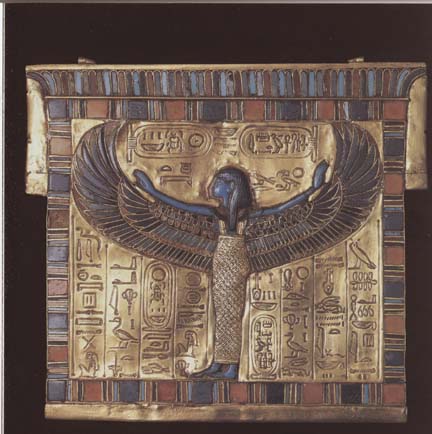After years of observation Egyptologists who specialize in the study of Egyptian art gain great insights into the style and techniques of ancient artisans. Some have been able to determine paintings done by particular artists, especially the artwork done in tombs. This sounds absolutely logical that certain strokes of a brush or specific colors are found repeatedly and would suggest they were executed by certain artists. The same identifying techniques are used today such as Rembrandt’s thick paint and dark murky shadows or Van Gogh’s frenetic squirts of paint straight from the tube.
According to Donald Ryan, Ph. D., archaeologists who study ancient history of countries other than Egypt become experts at identifying pottery. They see patterns and styles repeatedly. Therefore they become adept at placing a date of manufacture just by the object’s characteristics and style.
Egyptologists have it easy by the mere fact that the owner of a tomb, temple, scarab, or necklace placed an inscription on the object, like the one below, or nearby hieroglyphs.
Pectoral of the sky goddess Nut, gold semi-precious stone and glass paste, 12.6 cm high, 14.3 cm wide, Valley of the Kings, 18th Dynasty, Tutankhamun reign,1334-1325 BC.
With special permission Farid Atiya, Jewelry of Ancient Egypt at the Egyptian Museum in Cairo

